Category 6 Hurricanes Are On The Horizon
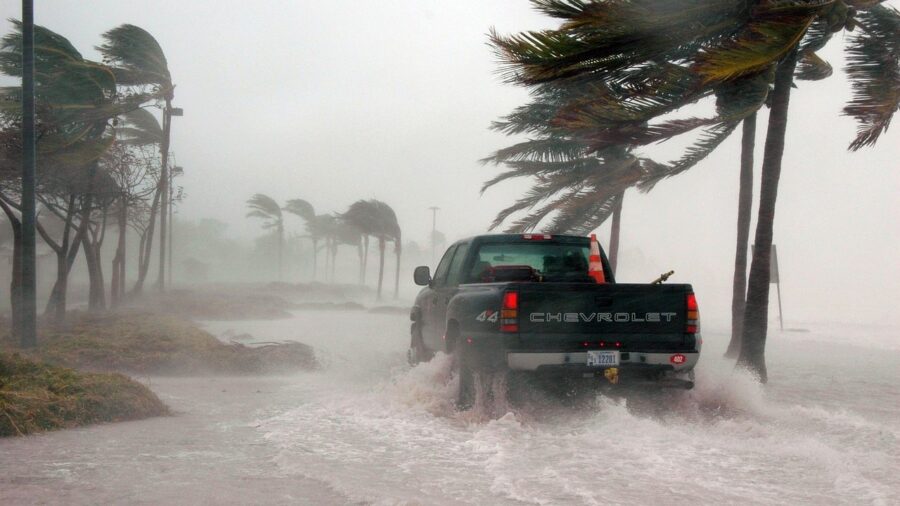
As global temperatures continue to rise, so does the intensity of hurricanes around the globe. With many of the hurricanes in recent years far exceeding the baseline wind speed of category five storms, some scientists are pushing for the creation of a new category so that the severity of certain storms can be better communicated to the public. Data shows that a total of five storms that fit the criteria of the newly proposed category 6 hurricanes have occurred in the last nine years.
How Hurricane Levels Are Measured

The intensity of a hurricane is measured by the wind speed, which meteorologists have separated into five levels, or categories. The technical name for these categories falls into what is known as the Saffir-Simpson Hurricane Wind Scale, which was put into use in 1970 after being developed by a civil engineer named Herbert Saffir and a meteorologist named Robert Simpson. What will adding category 6 hurricanes make the scale look like?
What Rates A Category 6?
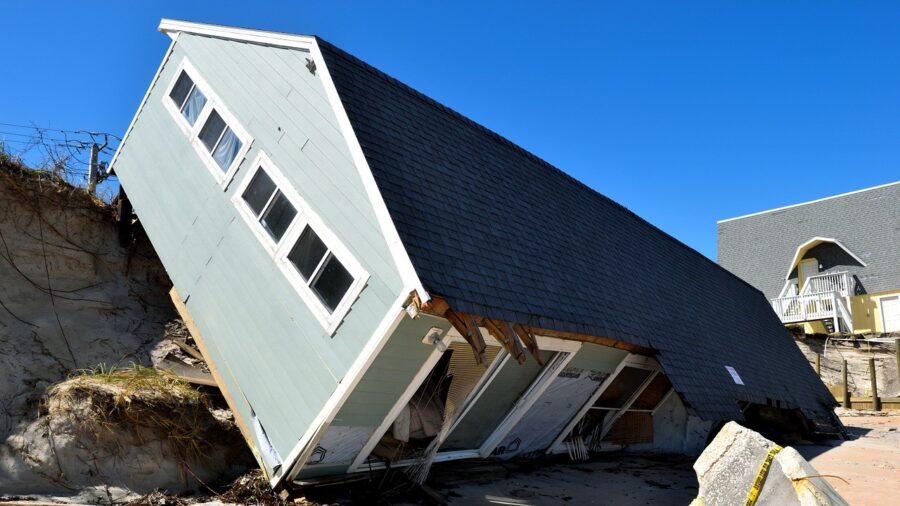
To be considered a hurricane, the winds must be blowing at least 74 mph. A category 1 hurricane will have winds of 74-95 mph, a category 2 is 96-110 mph, a category 3 is 111-129 mph, a category 4 is 130-156, and a category 5 is 157 mph or higher. Under the new proposal, any hurricanes with wind speeds of at least 192 mph would be considered category 6 hurricanes.
Climate Change Is The Culprit
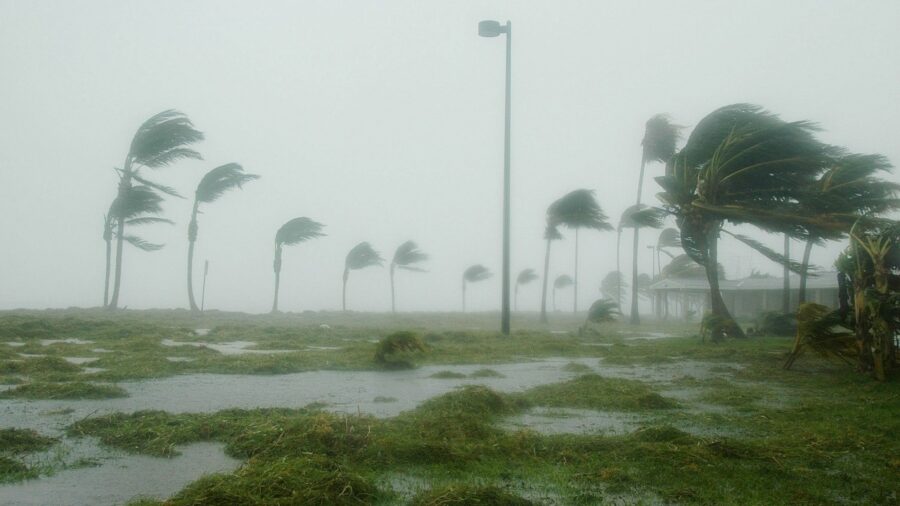
What has led to the change in hurricane intensity, and the proposed creation of category 6 hurricanes, is something that scientists have been warning the public about for years. Hurricanes occur in part from warm temperatures and excessive amounts of moisture, both factors made possible by the Earth’s temperature increasing since the Industrial Era. In short, the warmer the oceans’ waters become, the greater the chance of a hurricane and the more intense those hurricanes will become.
What’s Behind The Climate Change
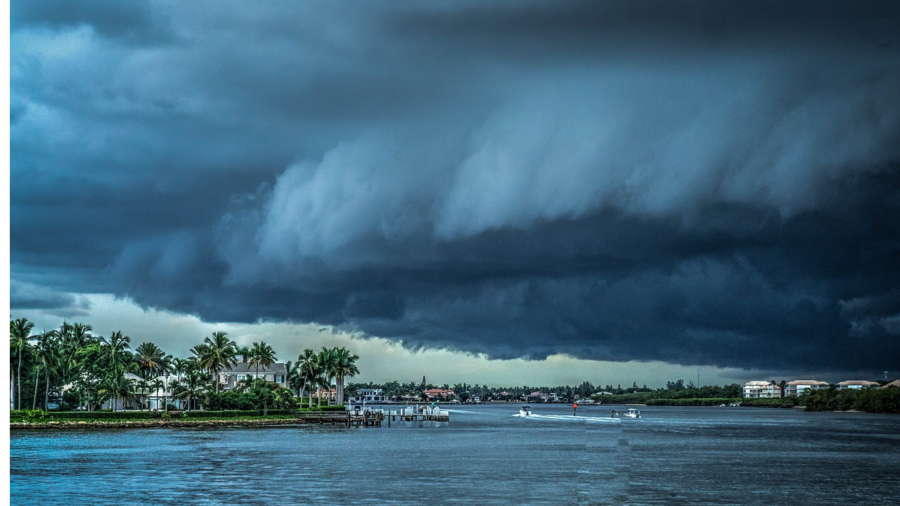
A significant cause of rising global temperatures has been identified as emissions from fossil fuels. Whether in the form of coal or oil, these fuels are composed from the decaying plants and animals that were once on the Earth millions of years ago. The hydrogen and carbon contained in these beings while they were alive are a significant part of their current makeup and is a reason why we’re seeing what might soon be considered category 6 hurricanes.
The carbon that is released into the atmosphere when fossil fuels are burned help to trap heat in the Earth‘s air. The more fossil fuels that are burned, the more that global temperatures will rise. Rising temperatures create more than just the possibility of category 6 hurricanes, however.
Dangers Beyond Hurricanes
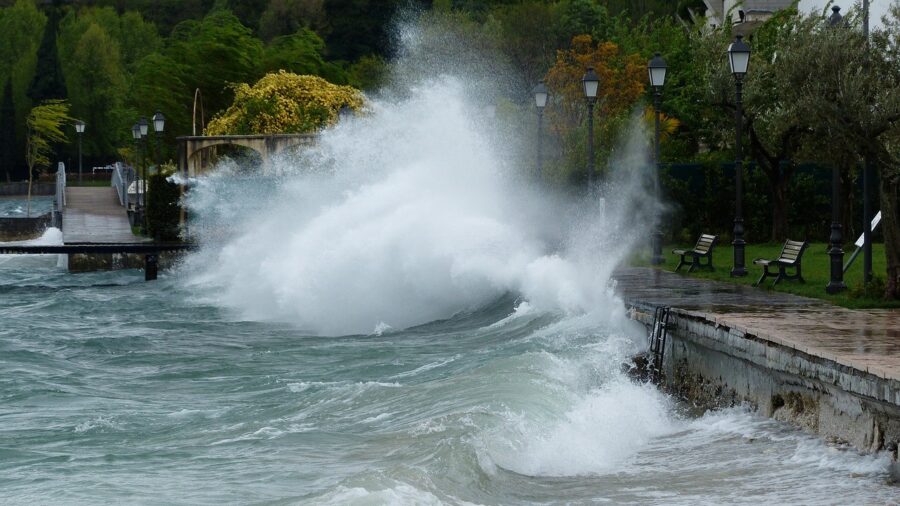
The warmer the oceans are, the faster the polar ice caps will melt. As these ancient and icy masses melt off of solid ground and flow into the oceans, the sea levels around the world begin to rise. And while category 6 hurricanes do great damage to whatever falls in their paths, rising sea levels can possibly erase many of the coastal communities around the world that lie at or near sea level.











